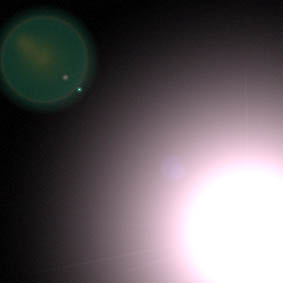SATURDAY, 4 DECEMBER 2010
The research team, lead by Dr Weitz, trapped a dye between two curved mirrors a few micrometres apart. This dye, after stimulation by a laser, absorbs and emits photons rather than undergoing ordinary black-body radiation. In this two-dimensional set-up, the photons are confined to one direction and are therefore forced to adapt a frequency at least as high as that of a standing wave. Crucially, this is orders of magnitude higher than the frequency corresponding to the temperature of the dye. Anyone who has ever tried to adjust the level of a bath tub using teaspoons full of water will know that orders of magnitude discrepancies prevent two things from balancing one another. In the system of dye and light, the thermal energy and the energy of excitations at the frequency of the standing wave are, similarly, each conserved separately. Therefore, the photons can be cooled down to the temperature of the surrounding dye without ‘disappearing’.This new source of light resembles that of lasers. It could also be used to generate UV light or X-rays. A new generation of high-performance computer chips, where the short wavelength of the new lasers can scale down the circuits significantly, is one exciting potential application.
Written by Sara Dietz

